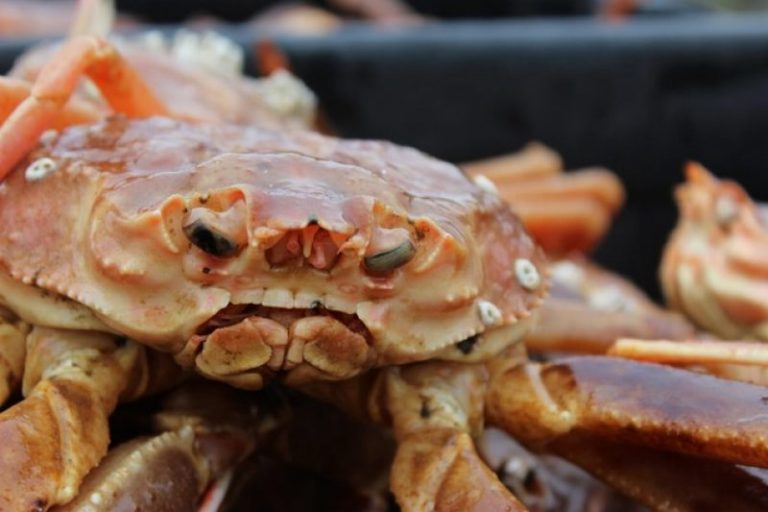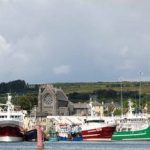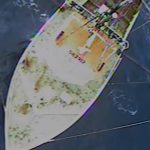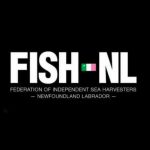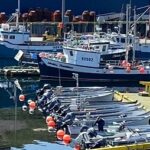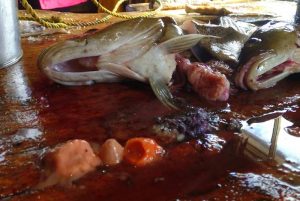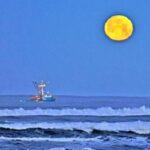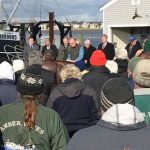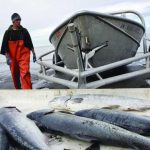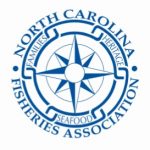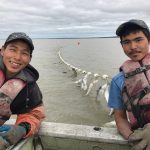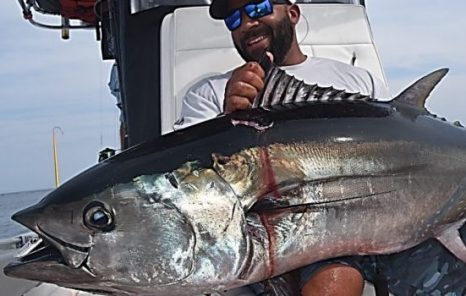Daily Archives: July 11, 2016
Rescue at sea
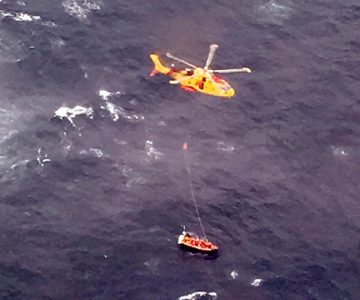 On Monday 442 Transport and Rescue Squadron was involved in a rescue mission on the west side of Vancouver Island. 442 Squadron was tasked by Joint Rescue Coordination Centre (JRCC) Victoria to assist the Canadian Coast Guard in a rescue of a “man overboard,” 13 nautical miles west of Kyuquot Channel. Canadian Coast Guard Inshore Rescue Boat (IRB) 507 located and rescued the man, who had fallen overboard from a small fishing vessel about three hours earlier. The man was subsequently hoisted aboard one of 442 Squadron’s CH-149 Cormorant helicopters, flown to Comox, then transported via ambulance to St. Joseph’s Hospital. No further details on the victim’s conditions, or his place of residence, were available at time of printing. link 21:41
On Monday 442 Transport and Rescue Squadron was involved in a rescue mission on the west side of Vancouver Island. 442 Squadron was tasked by Joint Rescue Coordination Centre (JRCC) Victoria to assist the Canadian Coast Guard in a rescue of a “man overboard,” 13 nautical miles west of Kyuquot Channel. Canadian Coast Guard Inshore Rescue Boat (IRB) 507 located and rescued the man, who had fallen overboard from a small fishing vessel about three hours earlier. The man was subsequently hoisted aboard one of 442 Squadron’s CH-149 Cormorant helicopters, flown to Comox, then transported via ambulance to St. Joseph’s Hospital. No further details on the victim’s conditions, or his place of residence, were available at time of printing. link 21:41
3 Fishermen rescued from sunken shrimp boat near Sabine Pass
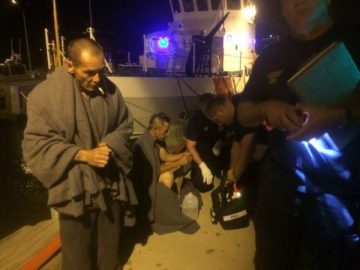 A Coast Guard boat crew rescued three men after their 28-foot shrimp boat took on water and sank in the mouth of the Sabine River, Monday morning. At approximately 4 a.m., 911 dispatch notified Sector Houston-Galveston watchstanders that the shrimp boat Captain Kevin was taking on water. Moments later Eighth Coast Guard District New Orleans watchstanders called with a report of an electronic position indicating radio beacon going off in the same area. Sector Houston-Galveston watchstanders launched a Station Sabine 45-foot response boat crew to assist with dewatering the boat. The boat crew arrived on scene at about 4:30 a.m. and encountered a debris field. They discovered the Captain Kevin had sank. After a short search, two men were recovered on the jetties and a third was found hanging onto a life ring. None of them were wearing life jackets. Link 20:57
A Coast Guard boat crew rescued three men after their 28-foot shrimp boat took on water and sank in the mouth of the Sabine River, Monday morning. At approximately 4 a.m., 911 dispatch notified Sector Houston-Galveston watchstanders that the shrimp boat Captain Kevin was taking on water. Moments later Eighth Coast Guard District New Orleans watchstanders called with a report of an electronic position indicating radio beacon going off in the same area. Sector Houston-Galveston watchstanders launched a Station Sabine 45-foot response boat crew to assist with dewatering the boat. The boat crew arrived on scene at about 4:30 a.m. and encountered a debris field. They discovered the Captain Kevin had sank. After a short search, two men were recovered on the jetties and a third was found hanging onto a life ring. None of them were wearing life jackets. Link 20:57
Letter: Fishermen part of S-K grant process – NMFS Regional administrator John Bullard
 I need to respond to Mr. Parisi’s June 28 letter (click here) expressing concern that academics receive the majority Saltonstall-Kennedy (SK) Grant Program funding, leaving a limited amount for local fishermen. First, I would like to point out that competition for limited 2016 Saltonstall-Kennedy funds was stiff. Requests for SK funds always far exceed the resources available, and 2016 was no different. In 2016, $11 million was available for SK grants, but requests for funding exceeded $75 million. Of the 50 projects selected nationally, 22 projects were from our Greater Atlantic Region, totaling $4.6 million. While it is true that few fishermen submit applications by themselves to this highly competitive program, this does not mean that they and other fishing industry representatives are not involved. In fact, it is quite the opposite. Frequently they are partners in grant applications. Read the rest here 20:21
I need to respond to Mr. Parisi’s June 28 letter (click here) expressing concern that academics receive the majority Saltonstall-Kennedy (SK) Grant Program funding, leaving a limited amount for local fishermen. First, I would like to point out that competition for limited 2016 Saltonstall-Kennedy funds was stiff. Requests for SK funds always far exceed the resources available, and 2016 was no different. In 2016, $11 million was available for SK grants, but requests for funding exceeded $75 million. Of the 50 projects selected nationally, 22 projects were from our Greater Atlantic Region, totaling $4.6 million. While it is true that few fishermen submit applications by themselves to this highly competitive program, this does not mean that they and other fishing industry representatives are not involved. In fact, it is quite the opposite. Frequently they are partners in grant applications. Read the rest here 20:21
Amended Employment Insurance rules will make it easier for self-employed fishermen to enroll
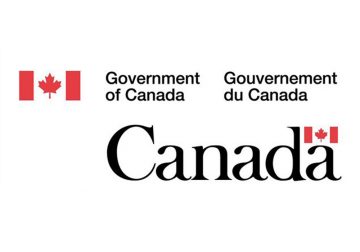 Changes to federal rules surrounding employment insurance will soon make it easier for self-employed fishermen to enroll in the program. The amendments will scrap EI fishing regulations for new entrants and re-entrants that were originally introduced in 1978. The new changes Ottawa is looking to make would require self-employed fishermen to reach a lower insurable-earnings entrance requirement of between $2,500 and $4,200. That’s compared to the previous amount of $5,500 in the qualifying period. Read the rest here 19:39
Changes to federal rules surrounding employment insurance will soon make it easier for self-employed fishermen to enroll in the program. The amendments will scrap EI fishing regulations for new entrants and re-entrants that were originally introduced in 1978. The new changes Ottawa is looking to make would require self-employed fishermen to reach a lower insurable-earnings entrance requirement of between $2,500 and $4,200. That’s compared to the previous amount of $5,500 in the qualifying period. Read the rest here 19:39
Greased Lightning! Self-Lubricating Swordfish Secrete Oil to Swim Faster
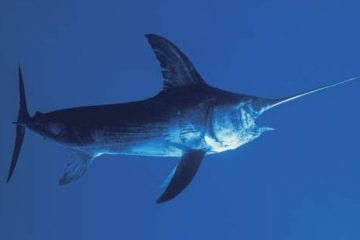 Swordfish may look like formidable beasts, what with their namesake prong jutting out from their noses. That pointy-looking nose, however, isn’t as strong as it may look, thanks to a thin section of bone at its base that shares the space with a particularly large gland. Now, after years of puzzling over its purpose, scientists believe they finally have the answer: the gland helps swordfish swim faster by coating their heads in oil. In a recent study published this week in the Journal of Experimental Biology, scientists from University of Groningen in the Netherlands say that the mysterious gland is linked to pores on the fish’s head through a system of capillaries. These pores then secrete an oily film that could potentially reduce the drag that swordfish experience when swimming—with top speeds reaching over 62 miles per hour. Read the rest here 17:47
Swordfish may look like formidable beasts, what with their namesake prong jutting out from their noses. That pointy-looking nose, however, isn’t as strong as it may look, thanks to a thin section of bone at its base that shares the space with a particularly large gland. Now, after years of puzzling over its purpose, scientists believe they finally have the answer: the gland helps swordfish swim faster by coating their heads in oil. In a recent study published this week in the Journal of Experimental Biology, scientists from University of Groningen in the Netherlands say that the mysterious gland is linked to pores on the fish’s head through a system of capillaries. These pores then secrete an oily film that could potentially reduce the drag that swordfish experience when swimming—with top speeds reaching over 62 miles per hour. Read the rest here 17:47Torrential rainfalls, record flooding across the Gulf may impact this years Brown shrimp harvest
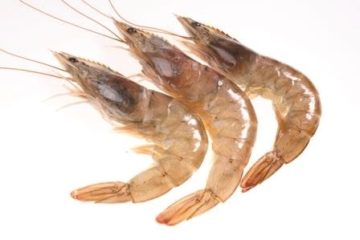 “The unprecedented flooding in Texas forced young shrimp out of their nursery habitats needed for growth and survival and into the mouths of bays,” NOAA said in a news release. “These extreme environmental factors may impact our forecast of harvest of brown shrimp this year since it is unknown whether survival of shrimp was reduced or shrimp just moved out of our sampling area because of the reduced salinities and low oxygen levels.” Brown shrimp is an annual crop. Larval and juvenile brown shrimp enter the Louisiana and Texas estuaries each year from February through July, with peak recruitment occurring from February through early April. As the shrimp grow, they begin to move out of the shallow backwaters in late spring, and are targeted in the bays by Louisiana’s inshore shrimp fleet. This year’s season stretched from May 23 through July 3 across most of the Louisiana coast. Read the rest here 13:57
“The unprecedented flooding in Texas forced young shrimp out of their nursery habitats needed for growth and survival and into the mouths of bays,” NOAA said in a news release. “These extreme environmental factors may impact our forecast of harvest of brown shrimp this year since it is unknown whether survival of shrimp was reduced or shrimp just moved out of our sampling area because of the reduced salinities and low oxygen levels.” Brown shrimp is an annual crop. Larval and juvenile brown shrimp enter the Louisiana and Texas estuaries each year from February through July, with peak recruitment occurring from February through early April. As the shrimp grow, they begin to move out of the shallow backwaters in late spring, and are targeted in the bays by Louisiana’s inshore shrimp fleet. This year’s season stretched from May 23 through July 3 across most of the Louisiana coast. Read the rest here 13:57
A little rain wasn’t going to stop them from racing off the coast of Stonington!
 Lobster fishermen are a tough lot, so a little rain wasn’t going to stop them from racing off the coast of Stonington. “Oh, we’re out here to have a good time. That’s why we’re out here. We’re getting wet. We have a good time though,” says Nick Wiberg, the President of Stonington Lobster Boat Races. The pouring rain didn’t dampen the spirits of lobster boat racers and their fans in Stonington Sunday. “It’s fun, you know? It’s a Maine tradition. People go to horse races. We go to boat races,” says Douglas Wayne Dodge, a spectator. “We give out a lot of prizes, cash prizes and stuff, but more than likely it’s more for fun,” says Wiberg. In all 32 races were held off the fish pier in all different classes-from wooden boats to skiffs-gas to diesel. Video, read the rest here 11:14
Lobster fishermen are a tough lot, so a little rain wasn’t going to stop them from racing off the coast of Stonington. “Oh, we’re out here to have a good time. That’s why we’re out here. We’re getting wet. We have a good time though,” says Nick Wiberg, the President of Stonington Lobster Boat Races. The pouring rain didn’t dampen the spirits of lobster boat racers and their fans in Stonington Sunday. “It’s fun, you know? It’s a Maine tradition. People go to horse races. We go to boat races,” says Douglas Wayne Dodge, a spectator. “We give out a lot of prizes, cash prizes and stuff, but more than likely it’s more for fun,” says Wiberg. In all 32 races were held off the fish pier in all different classes-from wooden boats to skiffs-gas to diesel. Video, read the rest here 11:14
The Envirocons keep pressing for Atlantic Ocean monuments
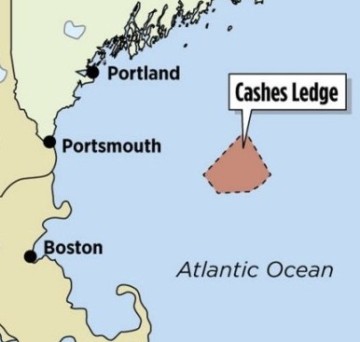 In the final months of President Barack Obama’s term, they’re hoping he’ll protect an underwater mountain and offshore ecosystem in the Gulf of Maine known as Cashes Ledge. They also want him to protect a chain of undersea formations about 150 miles off the coast of Massachusetts known as the New England Coral Canyons and Seamounts. The White House Council on Environmental Quality said in March, and reiterated last week, that while the New England Coral Canyons and Seamounts area is under consideration, Cashes Ledge currently is not. There are no marine national monuments in the Atlantic Ocean. The Conservation Law Foundation, which has been leading the Cashes Ledge effort, is continuing its campaign. It says that a coalition of environmental groups collected more than 250,000 signatures between August 2015 and this month in support of protecting both areas. Read the rest here 09:56
In the final months of President Barack Obama’s term, they’re hoping he’ll protect an underwater mountain and offshore ecosystem in the Gulf of Maine known as Cashes Ledge. They also want him to protect a chain of undersea formations about 150 miles off the coast of Massachusetts known as the New England Coral Canyons and Seamounts. The White House Council on Environmental Quality said in March, and reiterated last week, that while the New England Coral Canyons and Seamounts area is under consideration, Cashes Ledge currently is not. There are no marine national monuments in the Atlantic Ocean. The Conservation Law Foundation, which has been leading the Cashes Ledge effort, is continuing its campaign. It says that a coalition of environmental groups collected more than 250,000 signatures between August 2015 and this month in support of protecting both areas. Read the rest here 09:56
Bristol Bay fisherman lands fishery’s 2 billionth salmon
 A fisherman last week landed the 2 billionth salmon to be caught in Bristol Bay’s 133-year commercial fishing history, according to harvest statistics by the Alaska Department of Fish and Game. Bristol Bay’s 2 billionth salmon milestone was surpassed on Wednesday July 6. The 2 billionth salmon was among hundreds of thousands of fish caught by commercial fishing vessels in Bristol Bay that day. A symbolic salmon was selected from the multitude and awarded to longtime local fisherman Howard Knutsen, 86, who has fished Bristol Bay for decades. Knutsen, captain of the Sea Hunter 2, accepted the prestigious fish on board the Lady Helen fishing tender in the Ugashik fishing district near Pilot Point, according to local commercial fisherman Lindsey Bloom. Link 07:43
A fisherman last week landed the 2 billionth salmon to be caught in Bristol Bay’s 133-year commercial fishing history, according to harvest statistics by the Alaska Department of Fish and Game. Bristol Bay’s 2 billionth salmon milestone was surpassed on Wednesday July 6. The 2 billionth salmon was among hundreds of thousands of fish caught by commercial fishing vessels in Bristol Bay that day. A symbolic salmon was selected from the multitude and awarded to longtime local fisherman Howard Knutsen, 86, who has fished Bristol Bay for decades. Knutsen, captain of the Sea Hunter 2, accepted the prestigious fish on board the Lady Helen fishing tender in the Ugashik fishing district near Pilot Point, according to local commercial fisherman Lindsey Bloom. Link 07:43

































